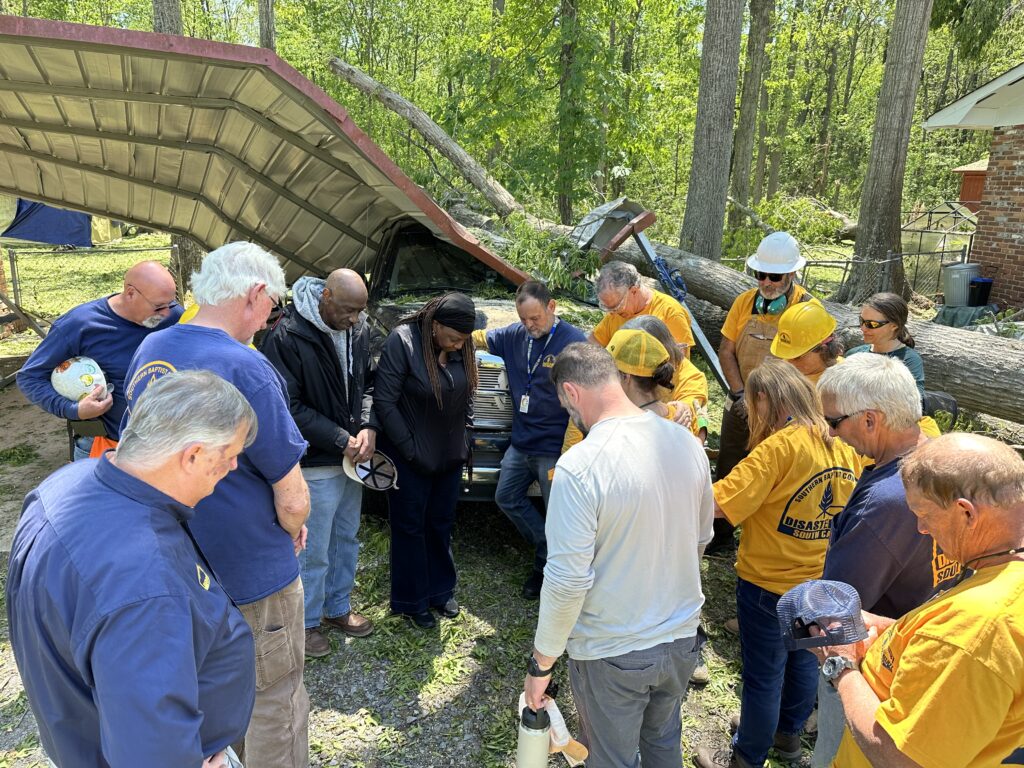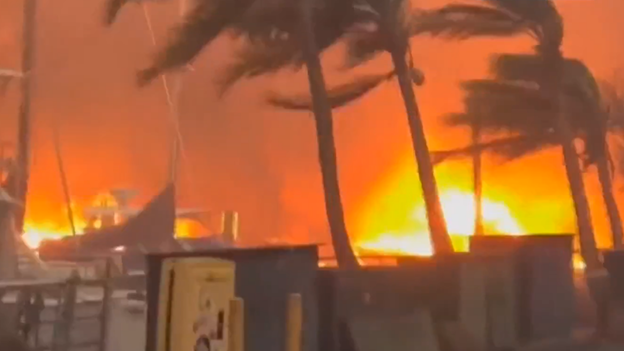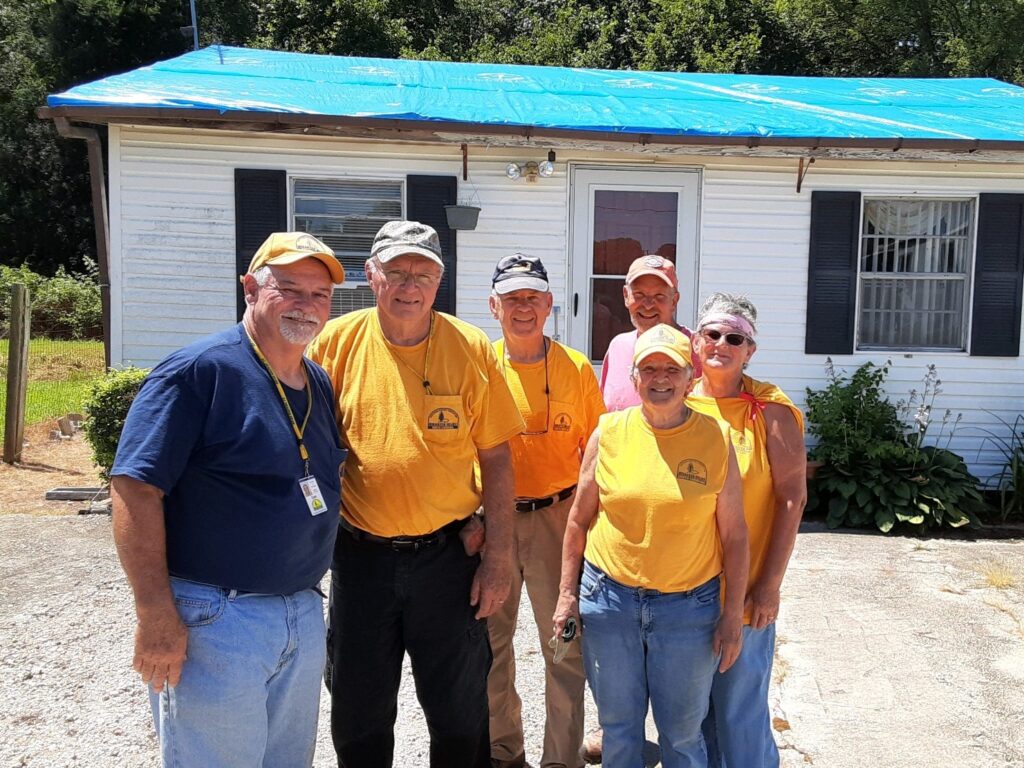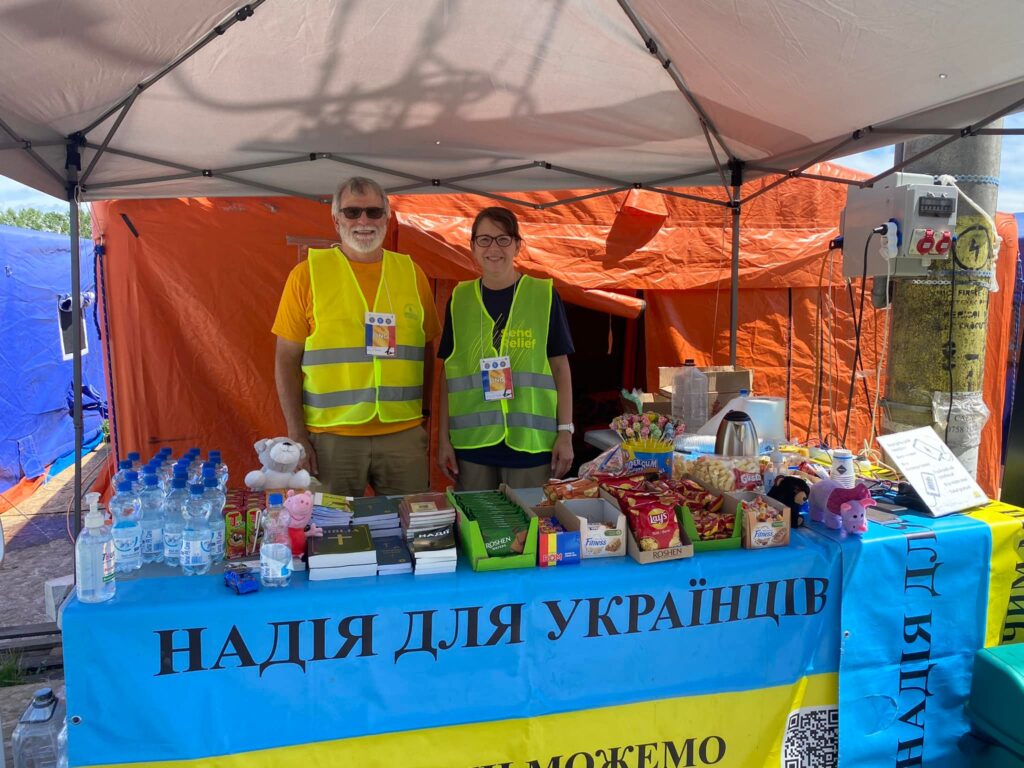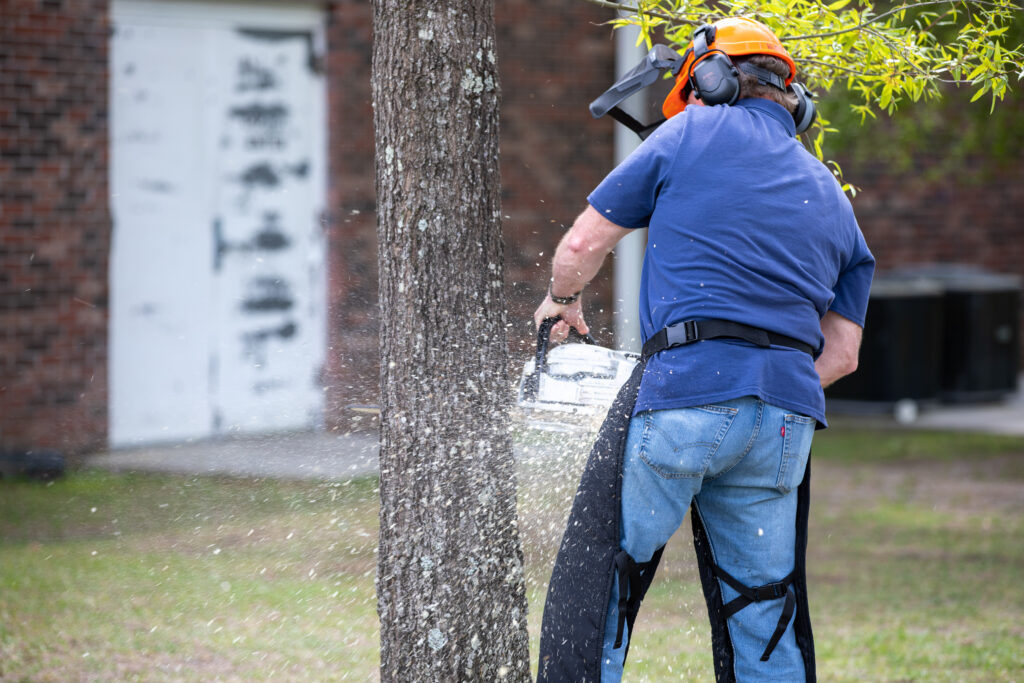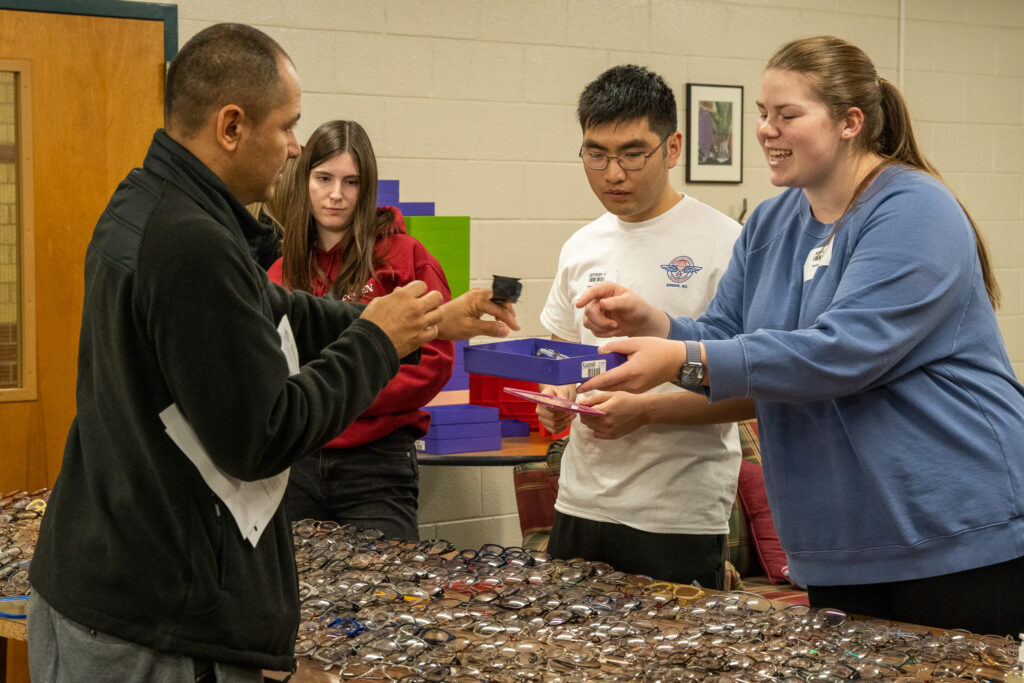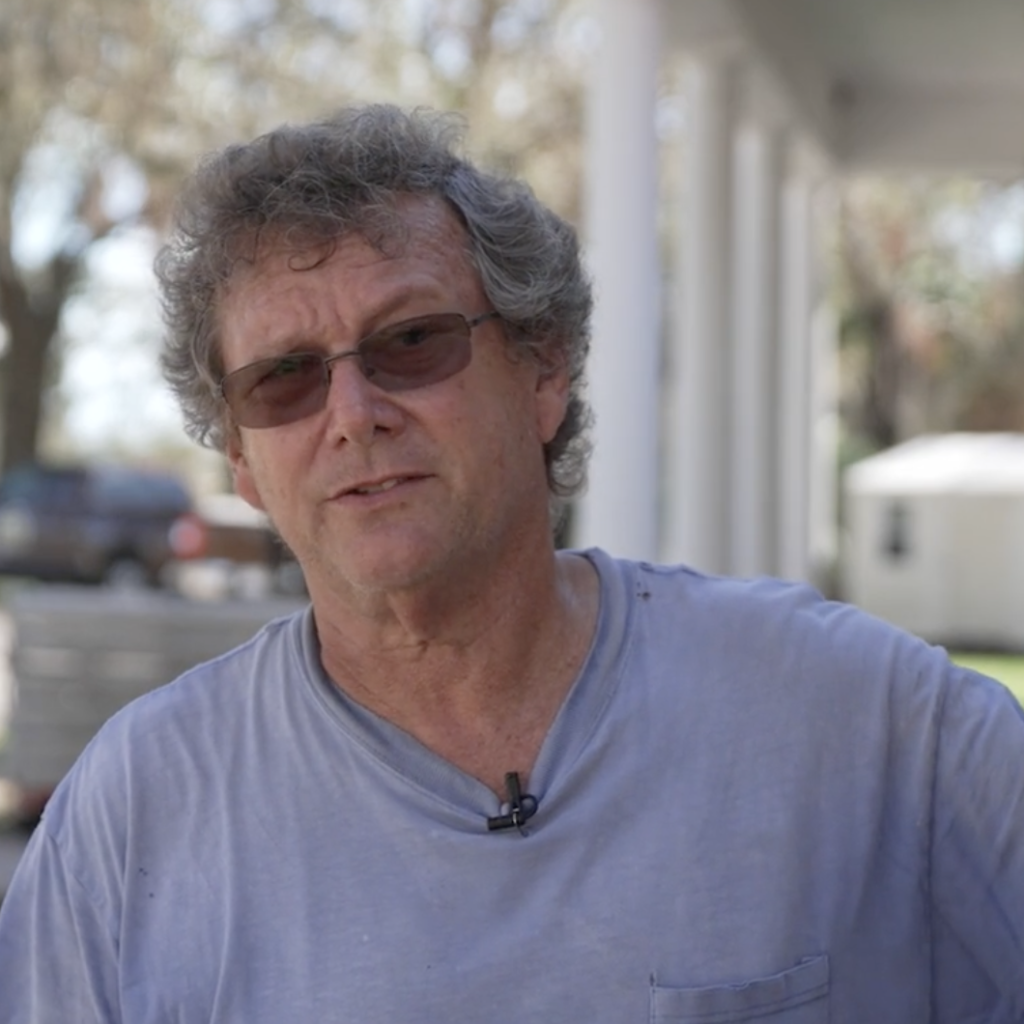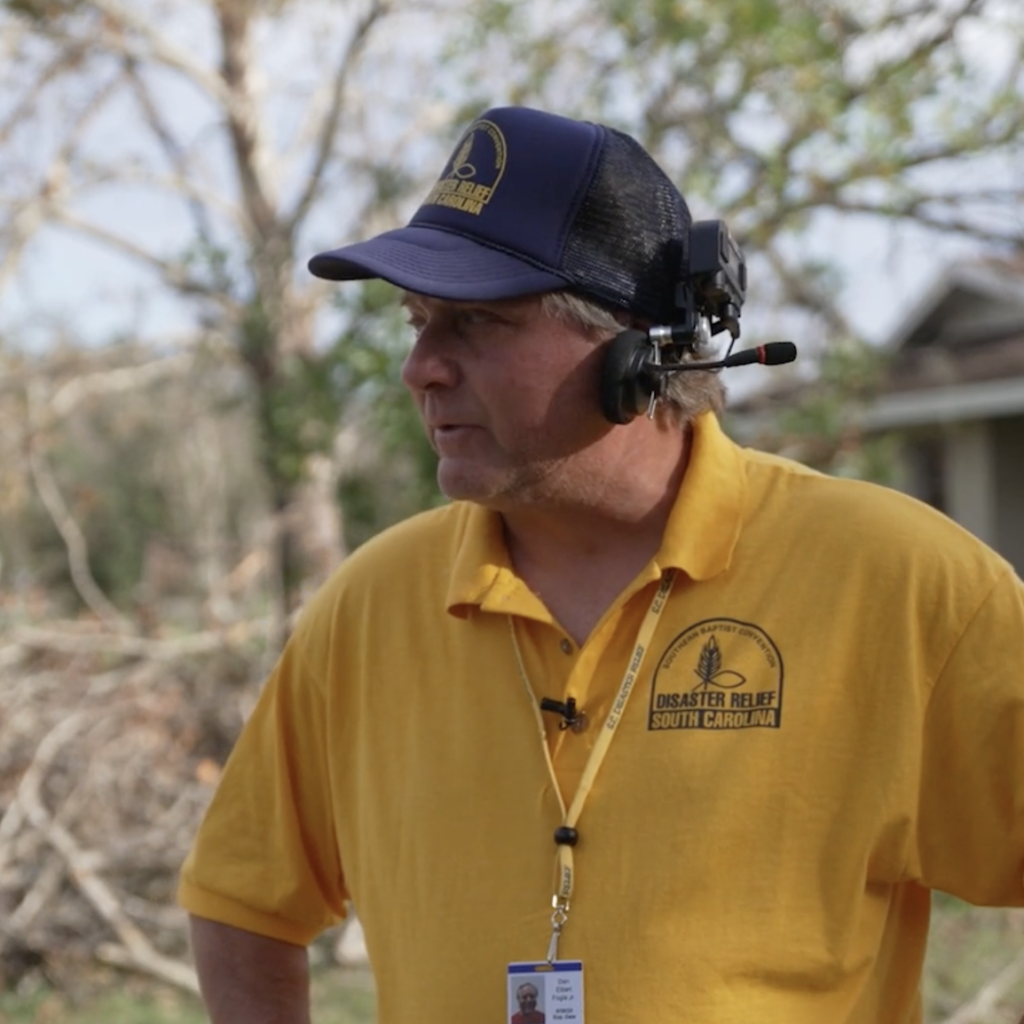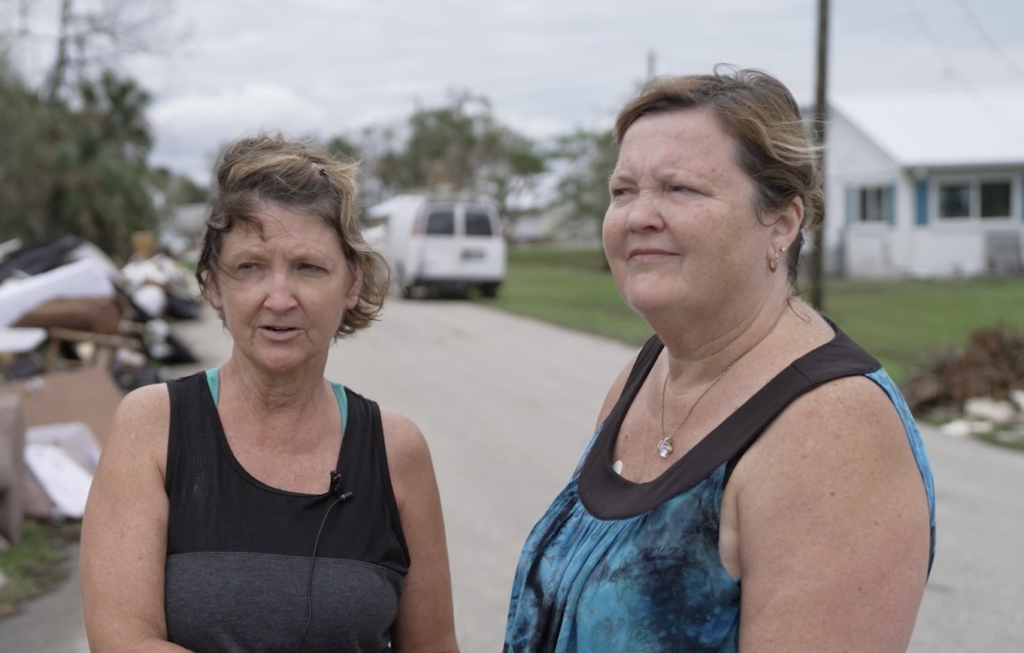Disaster Relief Updates
Disaster Relief Events

October 11 - 12
Spartanburg First Baptist Church, Spartanburg
Disaster Relief Chaplain Training 2024

Disaster Relief Information and Resources
Unit Leaders
Information for South Carolina Disaster Relief Unit Leaders.
Deployment Resources
Information for volunteers preparing for a Disaster Relief deployment.
Training Manuals
Disaster Relief manuals for those who have attended training classes.
When storms come, disaster relief teams quickly follow— clearing debris, feeding the hungry, and much more.
Disaster Relief Units in South Carolina
Chaplains help crisis survivors take their first steps to spiritual and emotional recovery. Every unit is encouraged to have a chaplain, both to care for those we meet and those who serve. Steps in becoming a DR Chaplain
Contact the Disaster Relief Team
Our office strives to disciple volunteers and leaders in service and evangelism so they are prepared to serve after a disaster. Contact us with any questions and to see how you can help.
"*" indicates required fields



